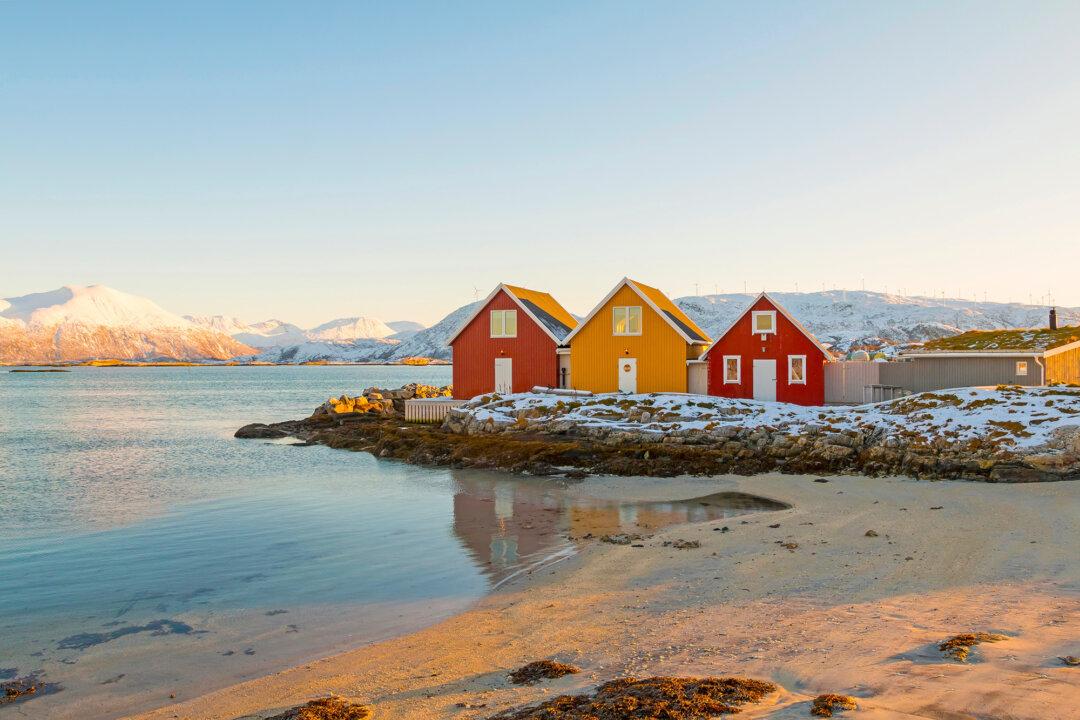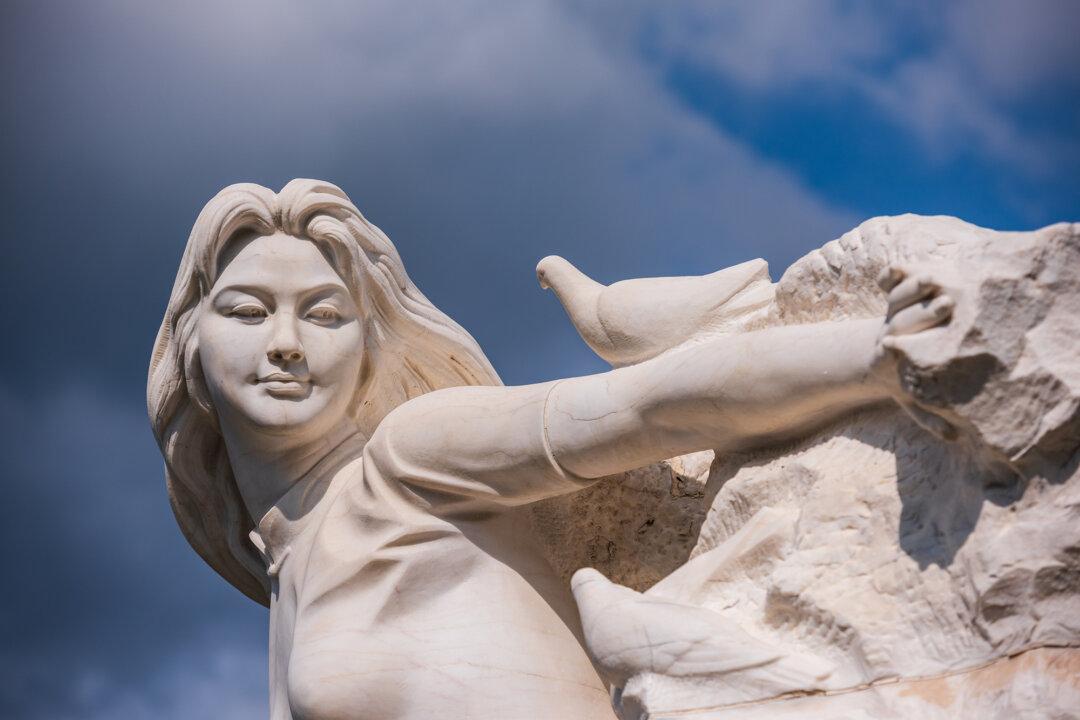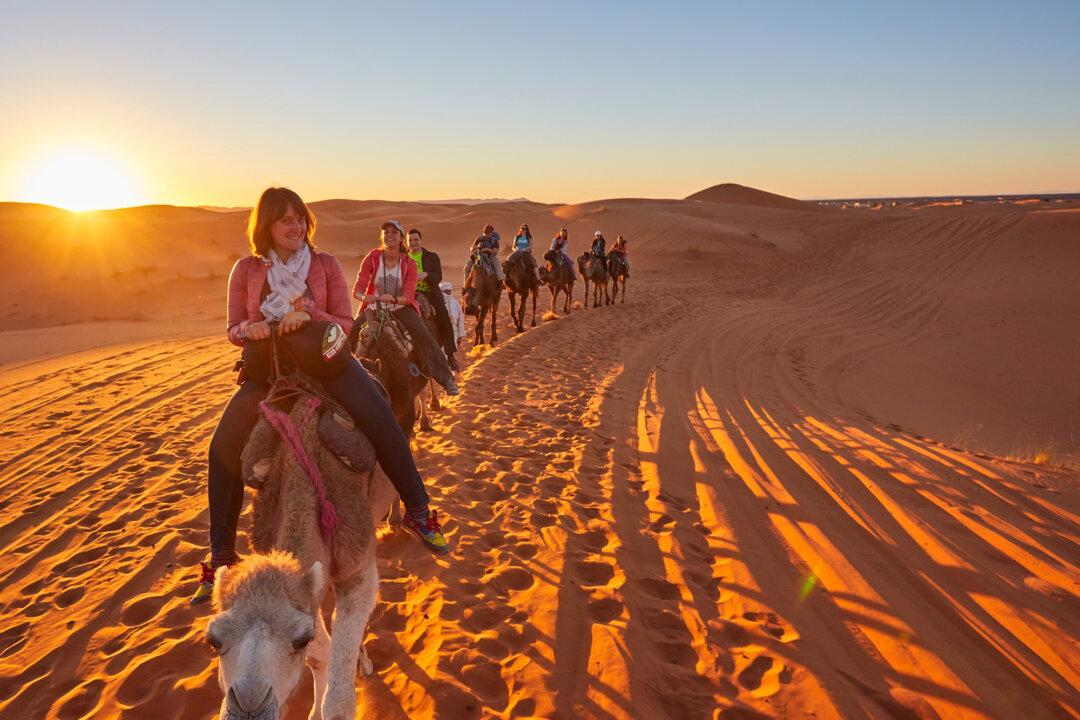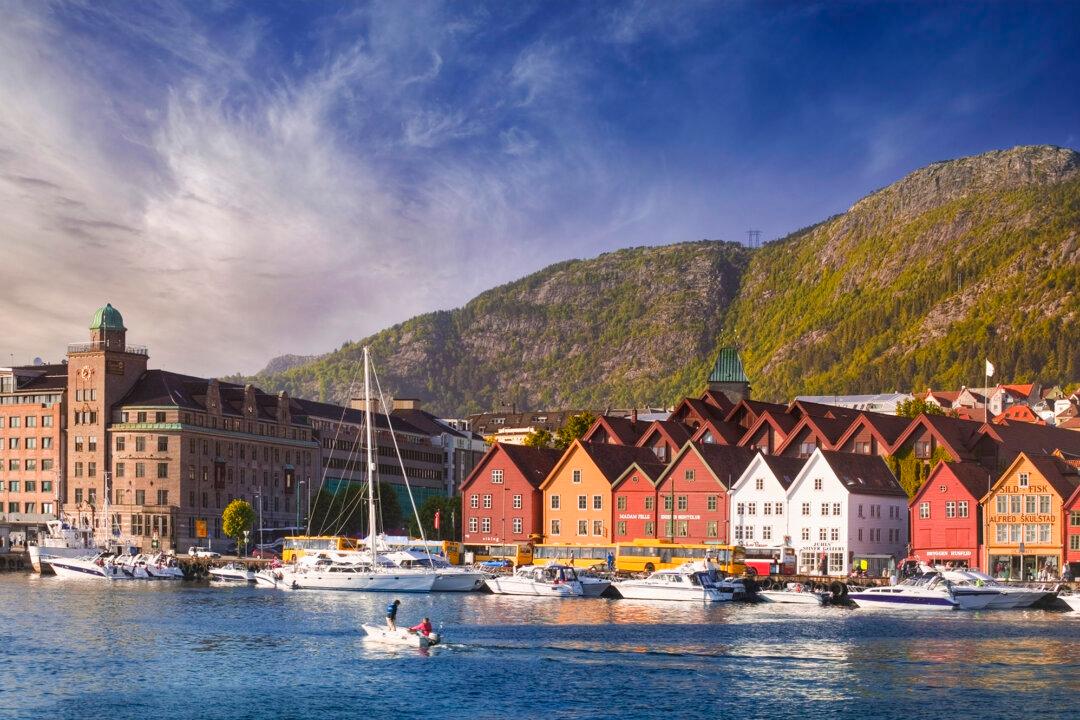I wasn’t quite sure what to expect when my Czech friend Jaroslav suggested a trip to a secret spa. Not exactly a speakeasy, it was tucked away behind Prague’s iconic castle in a district far off the main tourist track, he said. An odd location, maybe, but he said there was good reason for it: The space had once been the place where a Habsburg king commissioned an alchemist to find hidden, healing, magical powers in what’s now the country’s very favorite beverage: beer.
I was in Prague, which is probably the world’s greatest city for getting a good brew. The capital of the Czech Republic, the people there have long loved the good stuff. Some of the best beer ingredients on earth are grown in this country, and Czechs drink more beer, per capita, than anyone else in the world.





